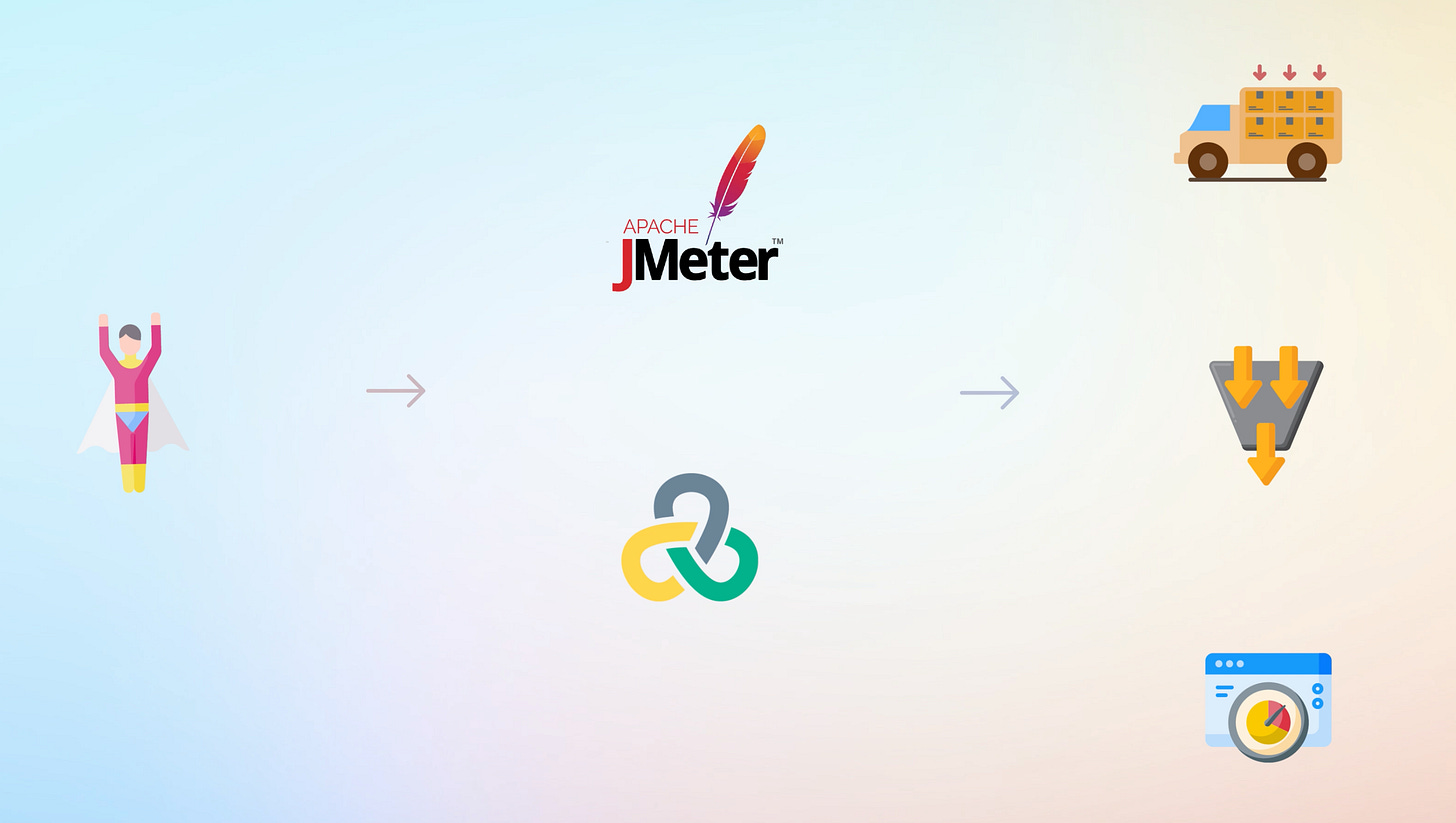Fundamentals of Software Testing or QA
Applying the fundamental aspects of software testing, including its purpose, types, levels, techniques, processes, challenges, tools, and best practices, companies can deliver high-quality software
Software testing or Quality Assurance is an essential component of the software development lifecycle, ensuring that software products meet quality standards, perform as expected, and satisfy user requirements. This episode covers the fundamental aspects of software testing, including its purpose, types, levels, techniques, processes, challenges, tools, and best practices. Did you know that bugs have been transformed into features in the computing history? For example, the green light that indicate a computer processing something was initially a hardware bug on IBM computers which was later adopted as a useful feature.
At its core, the purpose of software testing has multiple aspects. Firstly, it serves as a platform for identifying defects or bugs within the software. Through thorough testing processes, testers can discover issues that may affect the software's functionality, reliability, or performance. Secondly, testing plays an essential role in validating that the software meets the specified requirements. Did you know the NASA Mars climate orbiter spacecraft burned up in the Martian atmosphere because of a failure to translate english units to metric units costing NASA more than $125M. This could have been avoided if the software had been thoroughly tested.
Software testing branches out into various types and levels, each serving specific objectives. Functional testing focuses on testing individual functions or features of the software, making sure that they operate correctly. On the other hand, non-functional testing evaluates aspects such as performance, usability, security, and compatibility. Testing levels include unit testing, which examines individual units or components; integration testing, which tests the integration of these units; system testing, which examines the entire system's functionality; and acceptance testing, which validates if the software meets user requirements.
Different testing techniques are applied based on the testing objectives. Black box testing involves testing the software's functionality without knowledge of its internal code, focusing on only inputs and outputs. In contrast, white box testing involves looking into the internal architecture and workings of the software, examining code and logic. Grey box testing combines elements of both black box and white box testing, offering a mixed testing approach. For example, as a user if you are using Instagram, you are also indirectly black box testing it since you can only access the app but can't see the code behind it. Comment down below if you can think of a simple example for white box testing.
The testing process includes several key stages. Test planning involves creating a test plan outlining the testing approach, scope, objectives, and resources. Test design involves designing test cases based on requirements, user scenarios, and potential use cases. Test execution involves running test cases, recording results, and identifying defects. Defect tracking is crucial for logging and managing defects throughout the testing process, seeking for timely resolution. Test reporting involves generating detailed reports on test results, test coverage, and overall quality metrics.
On the other hand, software testing also presents various challenges. Complex software systems pose challenges in terms of test coverage, making sure all functionalities are fully tested. Resource constraints such as limited time, budget, and skilled testers can impact the thoroughness and effectiveness of testing efforts. On top of that changing requirements in agile environments demand adaptive testing strategies to facilitate new software features. Additionally, setting up and maintaining test environments can be resource-intensive and time-consuming.
To address these challenges and ensure effective testing results, testers rely on a range of tools and technologies. Automated testing tools such as Selenium, JUnit, and TestNG streamline test execution, improve efficiency, and facilitate regression testing. Defect tracking tools like Jira and Bugzilla enable efficient defect management, tracking, and resolution. Performance testing tools such as JMeter and LoadRunner help assess software performance under varying load conditions, identifying bottlenecks and optimizing performance.
Following the best practices is essential for successful software testing. Initiating testing early in the development lifecycle ensures early defect detection, reducing duplicate work and operating costs. Clear documentation of test cases, plans, and results enhances traceability, collaboration, and knowledge sharing among team members. So, next time you use an app, think about the journey it has been through from a software testing perspective.
In conclusion, software testing is a critical discipline that champions software quality, reliability, and user satisfaction. By understanding and applying the fundamental aspects of software testing, including its purpose, types, levels, techniques, processes, challenges, tools, and best practices, organizations can deliver high-quality software products that meet user expectations and industry standards.
Please like and subscribe for more content like this. Also, comment down below if you have insights to share.







